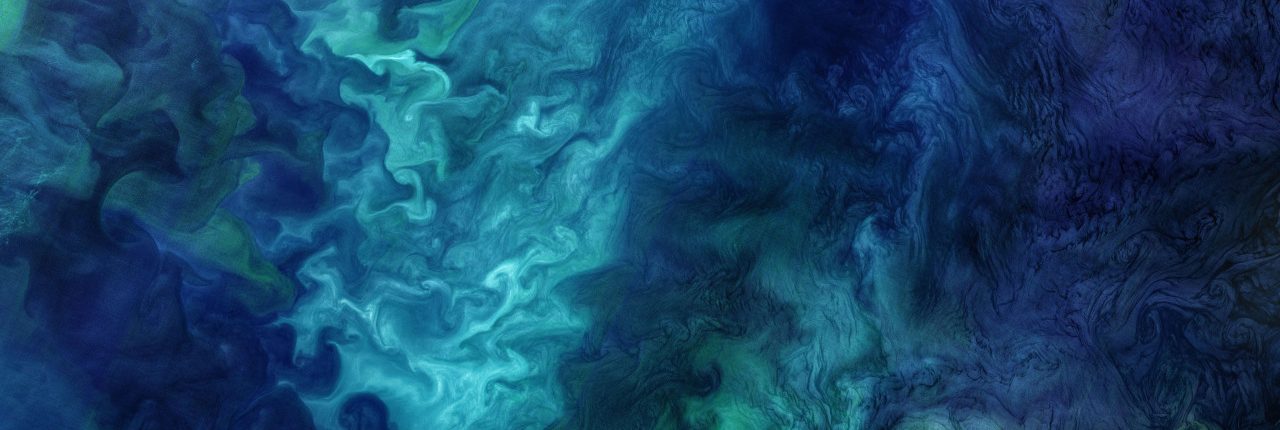Multi-Sensor Reconstruction of pH and Temperature in Gulf of Maine
Lead Pi: Justin Ries · 02/2021 - 01/2023

Objectives: To reconstruct seawater pH and temperature in coastal Gulf of Maine (GOM) from recently developed boron-isotope- and Mg/Li-based proxies of seawater pH and temperature (respectively) archived in skeletons of the long-lived crustose coralline alga (CCA) Clathromorphum compactum (1920-2021), buoy observatories (T: 1950-2022, pH: 2010-2022), satellites (1980-2022), and newly deployed loggers (2021-2022). To assess impacts of reconstructed acidification/warming on annual growth of this ecologically important algal calcifier that provides critical hardground habitat and larval attachment substrates for many of New England\’s commercially important shellfish. To convey pH/temperature reconstructions to coastal GOM stakeholders: scientists, resource managers, aquaculture/shellfish industry, legislators, policymakers, data aggregators.
Methodology: Temperature/pH loggers will be deployed for 1 year next to long-lived (100+ year) CCA at three locations in coastal GOM (NH-ME). Seawater pH and temperature will be reconstructed from boron isotopes and Mg/Li ratio of algal annual growth bands, analyzed via multi-collector and quadrupole ICPMS (respectively). One-year logger data will be used to top-core calibrate pH/temperature proxies within each CCA archive to correct for colony-level effects and define offset between surface (buoy/satellite) and benthic (CCA) temperature/pH conditions. Multiple regression analyses will assess impact of reconstructed seawater pH/temperature on skeletal growth (via measurement of annual bands) and ultrastructure (via electron microscopy).
Rationale: The oceanographic impacts of increasing atmospheric CO2 (acidification/warming) are predicted to be more pronounced in high-latitude waters. However, impacts of these phenomena on New England\’s Gulf of Maine, and its commercially important biological inhabitants, are poorly understood. We therefore propose to combined our recently developed coralline-algal-based d11B-pH and Mg/Li-temperature proxies with logger, buoy, and satellite data to reconstruct the past century of pH/temperature change in coastal GOM, to evaluate impacts of these changes on growth of these ecologically important calcifying algae, and to communicate results to coastal GOM stakeholders (aquaculture/shellfish industry, resource managers) through distribution of publications, reports, and webinars.

